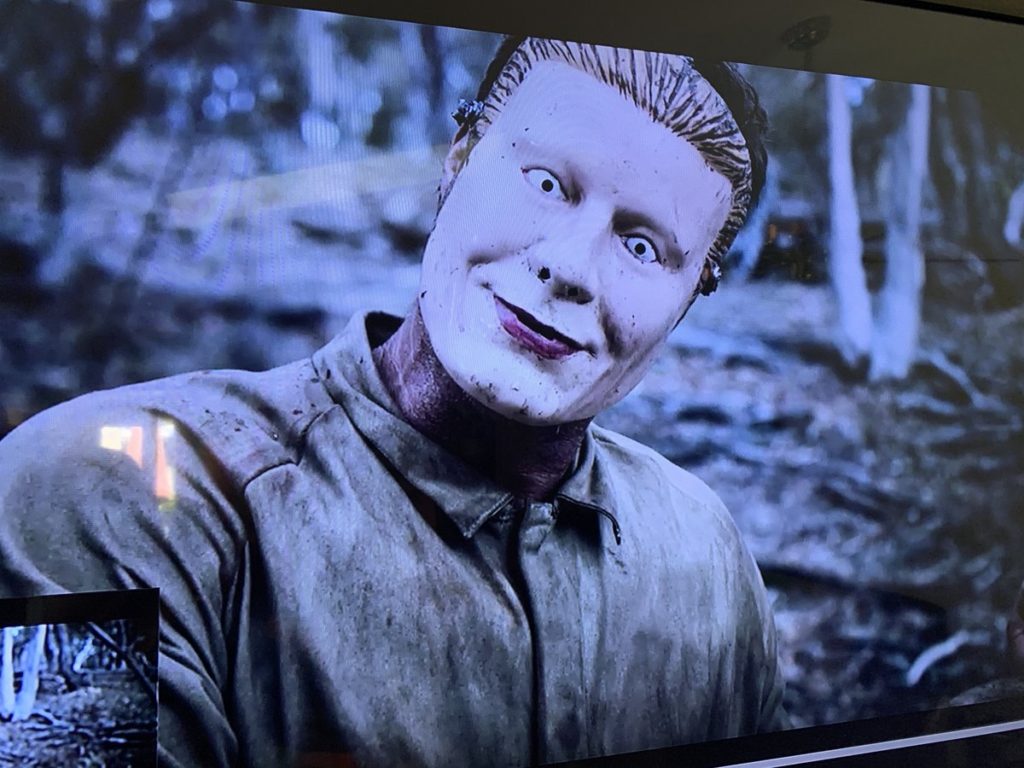


Stephen Graham Jones was born in Midland, Texas, on Januto Dennis Jones and Rebecca Graham. He is currently the Ivena Baldwin professor of English at the University of Colorado Boulder. 31.5 linear feet of works written by or related to him are held in the Sowell Family Collection in Literature, Community, and the Natural World, part of the Southwest Collection/Special Collections Library at Texas Tech University.

Stephen Graham Jones (born January 22, 1972) is a Blackfoot Native American author of experimental fiction, horror fiction, crime fiction, and science fiction.

It’s a sampling of some of the incredible talent among Indigenous horror authors intended to spur your curiosity, broaden your horizons, and further fuel your passion for reading horror.Writer, Ineva Baldwin Professor of English at University of Colorado Boulder This list is not exhaustive, nor are these books meant to be read in November only. And while we’re at it, it’s an excellent time to start (and then never, ever stop!) reading horror fiction by Indigenous authors. Despite these complexities, Native American Heritage Month can be a starting point-a time to listen, pay attention, learn more about modern Indigenous culture-and do better. November is Native American Heritage Month-and as is true for any month formally designated on a calendar as a time to celebrate a historically marginalized culture, ethnicity, gender, or sexual identity, a single month is not enough to contain the richness, diversity, challenges, inequities, triumphs, and joys experienced by any identity group. Stories are both how we learn from each other, and how we evolve-and they have been, ever since those first stories told over fires so long ago. The writer shares their story, and the reader receives and absorbs it-and transmutes what they’ve received through their own unique expression. The reader/writer relationship is one of reciprocity. Reading a wide range of stories from a broad array of writers deepens our understanding of the world we inhabit it strengthens our awareness of the diversity of lived experiences and builds our capacity for empathy. That’s the gift of books-and also why it’s so vital to read stories from a diverse range of authors: To fill in the gaps created by the individual limitations of our personal experiences. Every author gives us a glimpse into their perspective, background, and lived experience with each word they commit to the page. This post from on Instagram says, “a story is a gift from a creator.” When authors share their worldview, experiences, and interior worlds in the form of the written word, it’s an act of generosity, a gesture of connection.


 0 kommentar(er)
0 kommentar(er)
